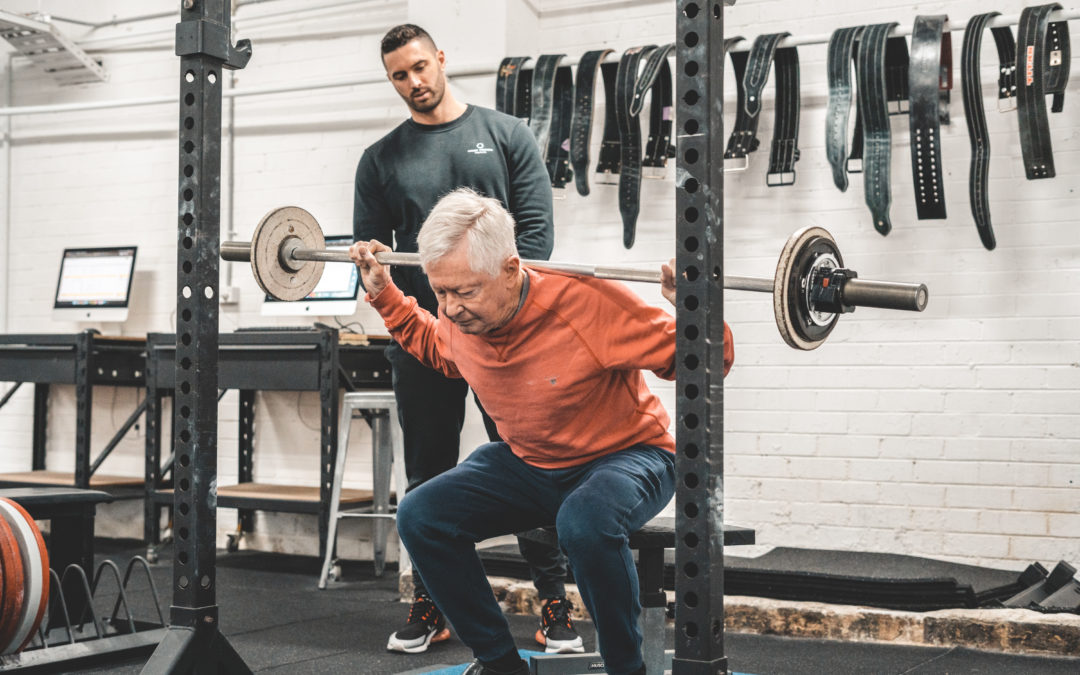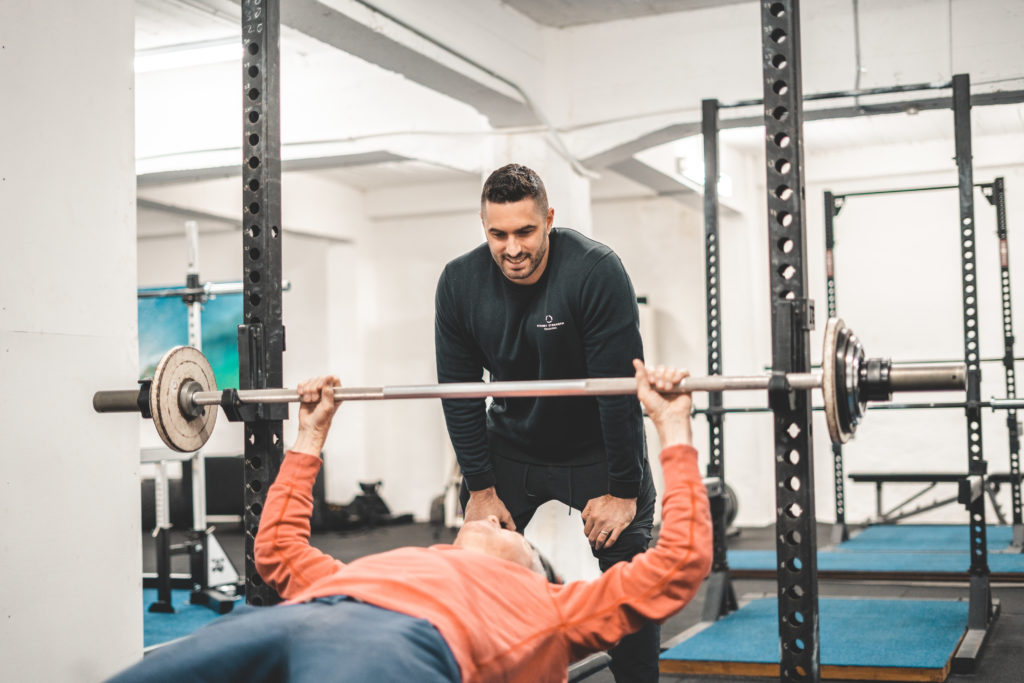Walking offers fantastic exercise. It’s cost-free, easily accessible, and you can do it whenever (weather permitting!). Depending on your fitness level, you can adjust your pace and route – whether slower or faster, with varied elevations or on flat paths – for shorter or longer periods. Many consider walking essential, especially as you age. However, walking alone isn’t enough. To maintain lifelong resilience and functionality, your musculoskeletal system needs more load. This is why we, at Hobart Strength Training, are strong advocates of Resistance Training for healthy aging. In this discussion, we’ll explore how and why to include both forms of activity in your weekly routine.
I would walk 500 miles…
Walking boasts numerous physical and mental health benefits (1). However, for it to notably impact cardio-metabolic health, it must be hard. This raises the question: what’s defined as hard? Thankfully for us the Compendium of Physical Activity has an answer. This resource estimates energy expenditure for activities, assigning a MET value to each. But you might ask, what’s a MET value? Let me explain: MET stands for Metabolic Equivalent of Task. It quantifies energy expended during physical activities, with one MET equalling expenditure at rest. This unit simplifies gauging energy output. We recommend aiming for 600+ MET-minutes weekly, calculated by multiplying duration (in minutes) by MET value (2). Brisk walking, around 1 km every 10 minutes or 5.6 km per hour, equals ~4-4.5 METs. A 20-minute brisk walk yields ~80 minutes of sufficient activity, making daily brisk walks a stellar choice for meeting weekly requirements.
Walk on over to the weight room
You’re likely aware of the benefits of walking and how intensity impacts physical gains. Where do weights fit in? Well, for extended and more challenging walks, as well as overall longevity in physical activities, building strength is crucial. Since walking involves bearing your weight, stronger legs and lower back muscles are vital for handling longer distances. Uphill walking, noted in the compendium, is even more demanding. Resistance training however is more effective than walking for muscle and bone development. Strengthening your quadriceps, hamstrings, glutes, and lower back prepares you better for hills and other physical activity, an advantage walking alone might not provide. We’ve outlined resistance training details in our previous article here. It’s recommended that we all engage in full-body resistance training twice weekly. An illustrative split might resemble this: (will place a table here)
These boots are made for walking (and squatting!)
So, let’s lace up those shoes and hit both the tracks and squat racks. While we at Hobart Strength Training are iron enthusiasts, we acknowledge the significance of increasing physical activity. Overall fitness demands a holistic approach, recognizing the roles of aerobic and resistance training. As you step forward, keep in mind: walking alone won’t suffice, incorporating resistance training is crucial. As this paper stated: “Nonetheless, our findings are consistent with evidence from clinical studies demonstrating that, compared to engaging in either activity alone, combining aerobic and muscle-strengthening exercise has more favourable effects on cardiometabolic biomarkers, gains in lean muscle mass and indicators of mental health (3).” So, remember, you can’t just walk, you’ve got to lift too. If you’re looking for guidance with your strength, health and wellbeing, contact us here.
References:
- Kelly P, Williamson C, Niven AG, Hunter R, Mutrie N, Richards J. Walking on sunshine: scoping review of the evidence for walking and mental health. Br J Sports Med. 2018 Jun;52(12):800-806. doi: 10.1136/bjsports-2017-098827. PMID: 29858467.
- Kyu HH, Bachman VF, Alexander LT, Mumford JE, Afshin A, Estep K, Veerman JL, Delwiche K, Iannarone ML, Moyer ML, Cercy K, Vos T, Murray CJ, Forouzanfar MH. Physical activity and risk of breast cancer, colon cancer, diabetes, ischemic heart disease, and ischemic stroke events: systematic review and dose-response meta-analysis for the Global Burden of Disease Study 2013. BMJ. 2016 Aug 9;354:i3857. doi: 10.1136/bmj.i3857. PMID: 27510511; PMCID: PMC4979358.
- Bennie, J.A., Shakespear-Druery, J. & De Cocker, K. Muscle-strengthening Exercise Epidemiology: a New Frontier in Chronic Disease Prevention. Sports Med – Open 6, 40 (2020). https://doi.org/10.1186/s40798-020-00271-w

